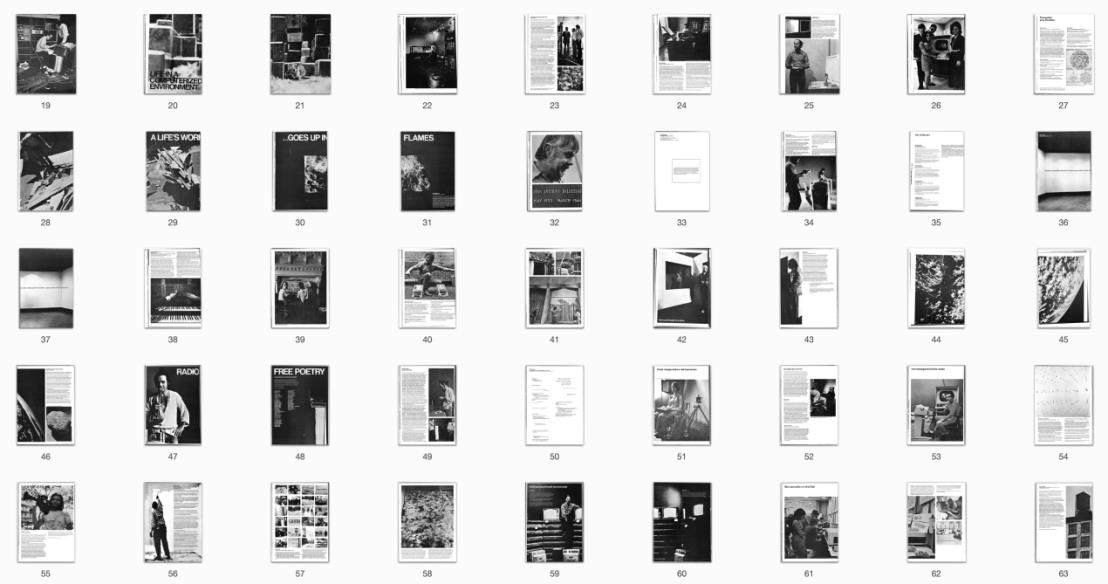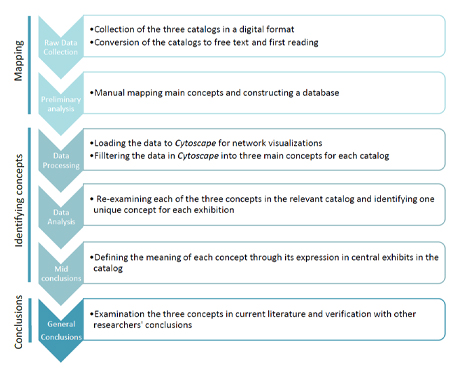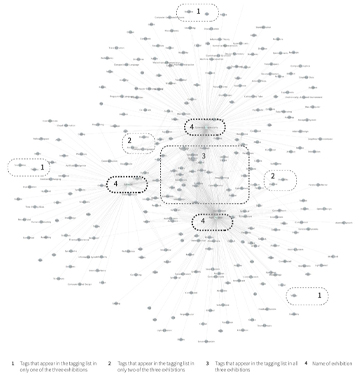



Digital Architecture is a commonly-used term that describes architectural and spatial products that originate from interactions between humans and computers. While the pivotal technological innovations of the last two decades have been pushing the use of computers in architecture into new territories, the integration of computers into architectural design has a much longer history that spans over six decades. This study aims to explore how human-computer interaction was perceived in the first years of utilizing computers for architectural and design tasks.
The study maps shared concepts communicated in the framework of several international exhibitions that served as a common platform for promoting radical ideas in architectural design. It focuses on three major exhibitions: Cybernetic Serendipity, the Computer and the Arts, curated by Jasia Reichardt (Institute of Contemporary Arts, London, 1968), the Pepsi Pavilion curated by E.A.T. (Expo 70, Osaka, 1970), and Software, Information Technology: Its New Meaning for Art curated by Jack Burnham (Jewish Museum, New York, 1970).
Combining qualitative and quantitative analysis of the exhibition catalogs, the study highlights three shared concepts as the central axis of that period: random, control, and interaction. The study argues that these concepts might lay the groundwork for our contemporary understanding of digital culture in architecture and design.